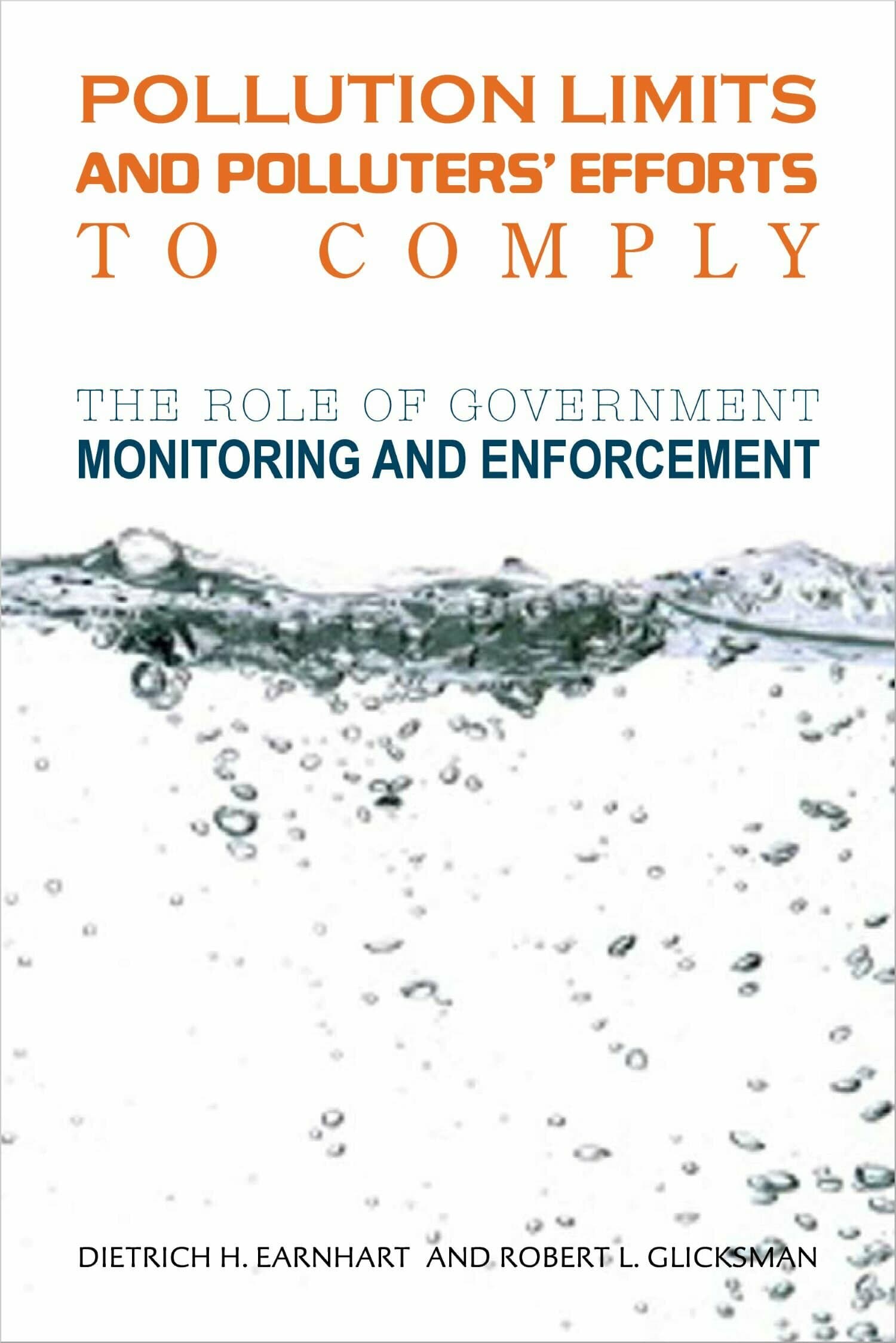Pollution Limits and Polluters’ Efforts to Comply

This book integrates the fields of economics and law to empirically examine compliance with regulatory obligations under the Clean Water Act (CWA). It examines four dimensions of federal water pollution control policy in the United States: limits imposed on industrial facilities' pollution discharges; facilities' efforts to comply with pollution limits, identified as "environmental behavior"; facilities' success at controlling their discharges to comply with pollution limits, identified as "environmental performance"; and regulators' efforts to induce compliance via inspections and enforcement actions, identified as "government interventions."
The authors gather and analyze data on environmental performance and government interventions from Environmental Protection Agency (EPA) databases, and data on environmental behavior gathered from their own survey of all 1,612 chemical manufacturing facilities permitted to discharge wastewater in 2002. By analyzing links between critical elements in the puzzle of enforcement of and compliance with environmental protection laws, the text speaks to several important, policy-relevant research questions: Do government interventions help induce better environmental behavior and/or better environmental performance? Do tighter pollution limits improve environmental behavior and/or performance? And, does better environmental behavior lead to better environmental performance?
"Earnhart and Glicksman's fine book is a valuable contribution to the literature of environmental enforcement. Their work is carefully researched and skillfully reasoned. It deserves a place on the on the bookshelf of anyone interested in water pollution control policies and compliance with regulatory requirements."—Joel A. Mintz, Professor of Law, Nova Southeastern University Law Center
"Focusing on water pollution from plants in the chemical industry, the authors combine detailed survey evidence on environmental behavior with statistical analysis of water pollution discharges to measure environmental performance. They then examine the role of government interventions in affecting both behavior and performance. The authors already have a strong track record, and the new research in this volume extends the frontiers of research in this area."—Wayne Gray, Clark University
"Glicksman and Earnhart provide useful empirical data to address a problem that hasn't been solved in over 35 years—how can the EPA and state regulators enforce the Clean Water Act to protect the nation's waters and the public. They do so in a manner that is fair and effective."—Victor B. Flatt, Professor of Environmental Law, University of North Carolina Chapel Hill and Director, Center for Law, Environment, Adaptation and Resources




